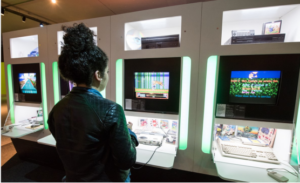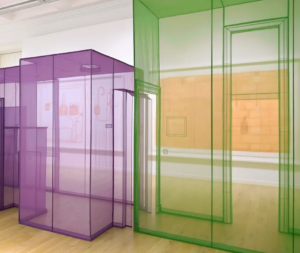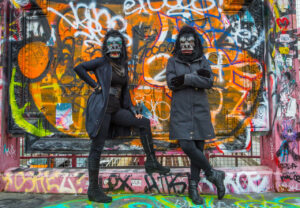Examples of public projects
Educational forms such as lectures, discussions, panels, debates and other practices play a role in supporting contemporary art exhibitions
The educational process becomes an object of curatorial and artistic production. The ‘curatorialisation’ of education refers to the reorientation of difference as a mode of ‘production’ through its widespread adoption (Wilson & O’Neill, 2010).
We were divided into three groups. I was grouped into Art world/contemporary art specialists and industry professionals to discuss FACT as an example.
1. What aspects of the programme are orientated towards your target audience?
Within FACT there is the Educators’ Event, aimed at educators and those interested in participatory art practice, which includes a tour of the exhibition The programme includes a tour of the exhibition “The Other Side” and a short presentation on the participatory work done by FACT. Second, Studio/Lab Masterclass: Melanie Crean, interdisciplinary artist Melanie Crean led an interactive workshop and presented her practice. Thirdly, Studio/Lab Workshop: Sound Art, an experimental sound workshop run by Liverpool-based sound artists Mali Draper and Beau Beaumont.

FACT WHAT'S ON
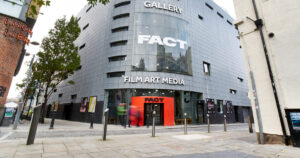
FACT building
2. What types of events/activities/happenings are included?
1.Exhibition 2. Studio/Workshop 3.Families activities 4. Seminar 5. Daily tour guide 6. Panel talk 7. Film
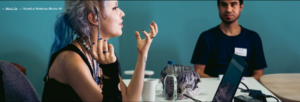
Studio/Lab Workshop: Blender 101
Educators' Event
3.How are these activities funded?
- The FACT charges participants for admission. For instance, Cinema in the City: The Little Girl of Hanoi,Cinema in the City: Ran Dong (The Breaking Ice),Studio/Lab Masterclass: Melanie Crean ect.
- Donations from individual supporters
- Donations through corporations
- Trusts and foundations
- People who choose to include FACT in their wills
4. How would you change or further extend this programme to further support its engagement with the target audience?
- Increase masterclass workshops and laboratory activities
- Establish partnerships with universities and research institutes to co-organise conferences and seminars and to attract academics and professionals to participate in collaborative projects
- Create customised professional development programmes or artist residencies for arts specialists, offering practical experience and learning opportunities that are directly relevant to the needs of professionals
- Offer specialised seminars that provide in-depth research into the latest trends and technologies in media arts, providing insights that appeal to professionals in the field.
5. What is the timeframe for the programme and what is the reasoning?
Schedules are often seasonal or planned around specific events and launches. The reasoning behind such schedules is usually aimed at maximising participation by keeping in line with cultural calendars, public holidays or major events in the arts and technology sector, ensuring that the project stays relevant and attracts sustained public and professional interest. Films are shown in the evenings and there is no time to come to the films until after office hours.
References:
FACT. (2024). FACT Liverpool. [online] Available at: https://www.fact.co.uk/.
Wilson, M. and O’Neill, P. (2010) ‘Curatorial counter-rhetorics and the educational turn’, Journal of Visual Art Practice, 9(2), pp.177-193. doi: 10.1386/jvap.9.2.177_1.

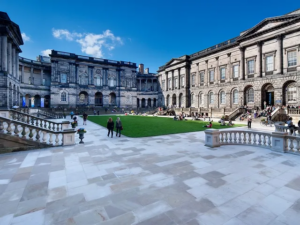
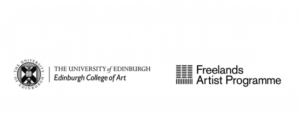
 Adam Chodzko, Better Scenery (1999), Tate
Adam Chodzko, Better Scenery (1999), Tate
